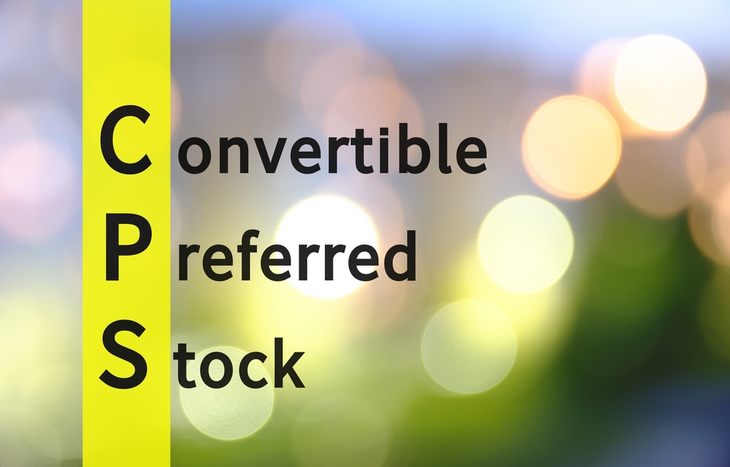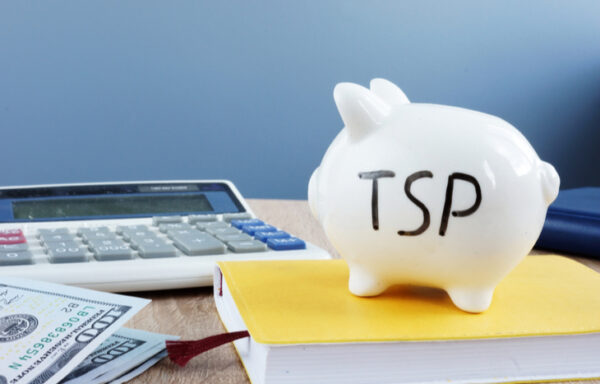What is Convertible Preferred Stock?
In the earliest stages of a company’s path to the public markets, it tends to issue preferred stock. These shares come with guaranteed perks to reward early investors, such as dividend payments. Yet, in time, those shareholders might want the opportunity to exchange the stability of preferred stock for opportunities offered by common shares. In such a case, they’ll need to make sure they hold shares of convertible preferred stock.
As its name suggests, convertible preferred stock are shares of preferred stock that convert into common shares at the request of the shareholder or by mandate from the issuer. This conversion is usually tied to a future date or stock performance, and the conversion happens at a predetermined ratio.
Convertible preferred shares offer lucrative and strategic opportunities to early investors. Here’s a look at how they work and why they’re enticing to investors as they consider the long-term prospects of a company.

Preferred Stock vs. Common Stock
Before exploring the value of convertible preferred stock, it’s smart to recap the chief differences between preferred stock and common stock.
- Preferred stock provides preferential dividend treatment, meaning guaranteed dividends and payouts before common shareholders. As a result, these shares are much less volatile and tend to appreciate at a slower rate than common stock. Preferred stock also doesn’t have any voting rights. These stocks behave much more like fixed-income securities.
- Common stock is much more volatile than preferred stock, yet tends to appreciate in a more rapid and significant way. These shares don’t receive a dividend payment until the board of directors agrees to issue one, and even then, it’s not guaranteed if the company doesn’t have the funds to cover it. Common stock comes with voting rights.
There are pros and cons to both types of stock. Investors prefer one or the other depending on their investment strategy and the accessibility of preferred shares.
How Does Convertible Preferred Stock Work?
As mentioned, if shares are convertible, investors can exchange preferred stock for common stock at a set ratio. This usually happens at the request of shareholders, although companies can mandate conversion with certain stipulations. The conversion can happen after a certain date or after the stock meets certain performance criteria.
The concept of convertible stock is one best-explained through a simple example.
Let’s say that ABC Company is a startup, seeking to raise money from private investors. It issues convertible preferred stock to early investors at $100 per share, with a specified conversion ratio of 1:5. The company specifies a 24-month term before conversion. After that 24-month period, investors can exchange one share of preferred stock for five shares of common stock, according to the 1:5 ratio.
Important Conversion Terms
When looking ahead at potential of convertible preferred stock, investors need to be aware of several key terms and what they mean in the context of conversion:
- Par value. This is the face value of one preferred share.
- Dividend. The annual value of a preferred share dividend payout.
- Conversion ratio. The number of common shares equivalent to one preferred share.
- Conversion price. The value of equivalent common shares against one preferred share.
- Conversion premium. The amount of profit gained from premium share conversion.
As investors look to capitalize on share conversion, they need to consider each of these terms and their significance in the transaction. The decision to convert shares for profit hinges on the calculation of the value of a preferred share vs. its equivalent in common shares.
When and Why to Convert Preferred Shares
There are several reasons why an investor might choose to exercise their convertible preferred stock for common shares. The decision usually hinges on the stock’s performance and the endgame of the shareholder.
- For immediate profit. Simple math can determine whether a quick conversion and sale will be profitable for shareholders who want to exit their position entirely. For instance, if the conversion ratio is 1:5 and a preferred share is worth $100, any common stock price over $20 would net the investor an immediate profit. If the price per common share is $25, the investor would gain $25 simply by converting and selling all five shares for $125. Just remember to factor in the opportunity cost of the preferred dividend!
- For appreciation. Preferred stock is much less volatile than common stock. Investors with a long-term, bullish outlook on the company may choose to forgo guaranteed dividends for the prospect of strong price appreciation. With the split from one preferred share to several common shares, they’ll see a much more significant ROI over time.
- For voting rights. Preferred stock doesn’t have voting rights; common stock does. Investors who want to take a more active role may convert to common stock to gain voting rights. Typically, early investors will hold significant preferred shares, which become even more prolific after the conversion to common shares. This can pave the way to activism, such as putting their newfound voting power behind the election of an activist board member.
Most of the time, it’s up to shareholders to request share conversion. Investors have the right but not the obligation to convert their shares, assuming stipulated conversion criteria are met.
An Exit Strategy or the Path to Lucrative ROI?
Early investors rewarded with convertible preferred stock have plenty of options when it comes to cashing in on their investment. They can continue to hold shares and reap the benefits of preferred stock. Or, they can convert and cash out when the common share price outstrips the conversion rate. For those with long-term outlook, converting to capitalize on share appreciation or to gain voting rights are also options. Whether it’s an exit strategy or enhanced ROI opportunities, convertible preferred stock offers paths to both.
[adzerk-get-ad zone="245143" size="4"]




